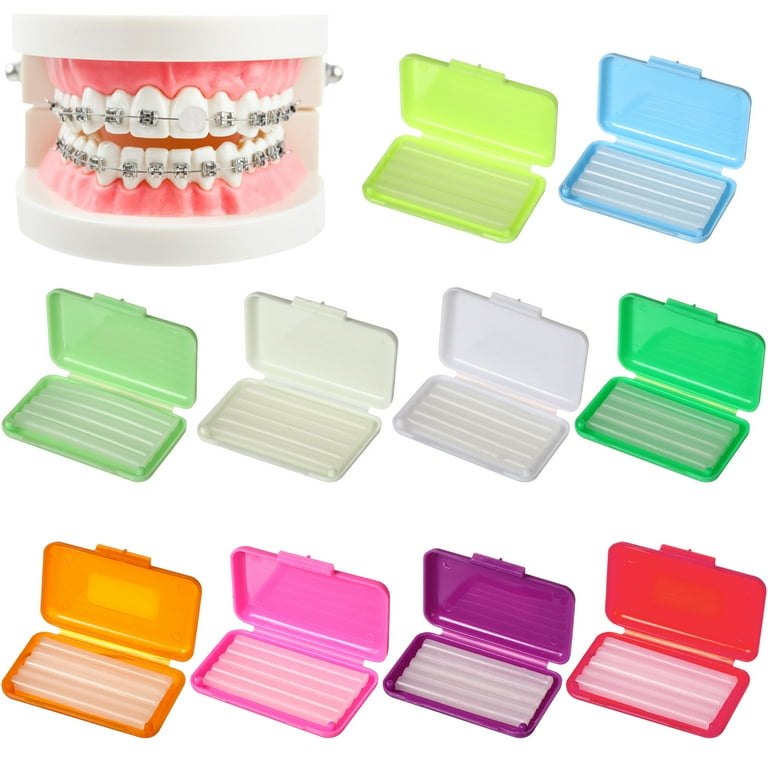Expert Cumming Braces and Aligners: What to Know Before You Visit
Expert Cumming Braces and Aligners: What to Know Before You Visit
Blog Article
Comprehensive Overview to Orthodontics Treatments for Fixing Oral Misalignments
Understanding the intricacies of each procedure, including their devices, benefits, and possible disadvantages, is vital in making notified decisions concerning one's orthodontic therapy. As we navigate through the thorough overview to orthodontic procedures for remedying dental imbalances, the detailed information of each method will certainly unravel, shedding light on the course toward a functional and harmonious oral placement.
Orthodontic Procedures Overview

In addition to clear aligners and typical braces, orthodontists may additionally recommend various other interventions like headwear, palatal expanders, or retainers to resolve certain positioning problems (braces). These treatments are customized to each individual's unique needs and may entail a mix of treatments to achieve the preferred outcomes. Normal adjustments and monitoring are critical parts of orthodontic treatment to make sure progression is on track and to make any needed modifications in the process. By undergoing orthodontic procedures, people can not only accomplish a straighter grin yet also improve their overall dental wellness and feature.
Typical Braces: How They Function
When thinking about orthodontic treatments for dental imbalances, typical braces attract attention as a tried and true technique for correcting teeth placing. Conventional dental braces contain braces, wires, and bands that interact to apply continual pressure on the teeth, progressively moving them into the wanted alignment. The braces are affixed to the teeth utilizing a special adhesive, and the cables are threaded through the brackets. By readjusting the tension of the cords, orthodontists can control the instructions and force used to each tooth, assisting them into appropriate alignment with time.
As pressure is used to the teeth via the braces, the bone surrounding the teeth is improved to support the brand-new tooth positions. People will need normal adjustments at the orthodontist's workplace to make certain the braces proceed to apply the proper pressure for efficient teeth activity.
Undetectable Aligners: Advantages And Disadvantages
Unseen aligners supply a hassle-free and discreet choice to typical dental braces for fixing dental imbalances. These clear, custom-made trays are virtually unseen when used, making them an appealing option for people looking for a more aesthetically pleasing orthodontic therapy. One of the primary benefits of read the article unnoticeable aligners is their removability, enabling less complicated upkeep of oral health compared to conventional braces. Patients can remove the aligners prior to eating or cleaning their teeth, decreasing the risk of food obtaining stuck in the device and streamlining the cleaning process.

Surgical Orthodontic Options
Surgical interventions in orthodontics present feasible choices for attending to complicated dental misalignments that may not be effectively resolved through standard orthodontic therapies. While unnoticeable aligners and conventional braces can fix numerous orthodontic issues, certain cases call for medical treatment to accomplish optimum outcomes. Surgical orthodontic alternatives are usually recommended for severe malocclusions, considerable jaw disparities, and cases where the underlying bone structure needs adjustment to accomplish proper placement.
One common surgical orthodontic treatment is orthognathic surgery, which entails rearranging the jaws to remedy functional concerns such as problem eating or speaking. This surgery is commonly carried out in cooperation with an orthodontist who helps line up the teeth before and after the treatment. Surgical orthodontics may likewise involve treatments to expose affected teeth, remove excess periodontal tissue, or improve the jawbone to create a much more harmonious face account.
Before taking into consideration medical orthodontic choices, clients undergo a More about the author detailed analysis to figure out the necessity and possible advantages of such interventions. cumming braces. While surgical treatment might appear difficult, it can significantly enhance both the function and aesthetics of the smile in instances where traditional orthodontic therapies fail
Retainers and Post-Treatment Treatment

Failure to abide with post-treatment treatment directions can result in regression, where the teeth gradually move back in the direction of their initial settings. Constant retainer wear, good oral health, and routine dental check-ups are essential for keeping the outcomes accomplished through orthodontic surgery and making certain the lasting stability of the corrected oral positioning.
Final Thought
Finally, orthodontic procedures supply numerous choices for remedying dental misalignments. Traditional dental braces make use of metal brackets and wires to shift teeth into appropriate placement. Undetectable aligners give an even more discreet alternative but might not appropriate for all situations. Surgical orthodontic choices are available for extra extreme misalignments. Retainers are typically made use of post-treatment to preserve the brand-new placement. On the whole, orthodontic treatments can successfully improve oral health and visual appearance.
As we browse through the detailed guide to orthodontic treatments for remedying dental imbalances, the complex details of each method will unravel, shedding light on the path towards a practical and unified oral alignment. - invisalign
One of the most usual orthodontic therapies is the use of braces, which consist of metal brackets and cords that use mild stress to gradually move teeth right into the wanted position.When thinking about orthodontic treatments for dental imbalances, typical dental braces stand out as a reliable method for fixing teeth positioning. Furthermore, invisible aligners might not be suitable for complex orthodontic issues that need more considerable teeth motion, as they are normally advised for light to modest instances. Retainers are custom-made orthodontic devices designed to hold teeth in their corrected positions after the completion of orthodontic treatment.
Report this page